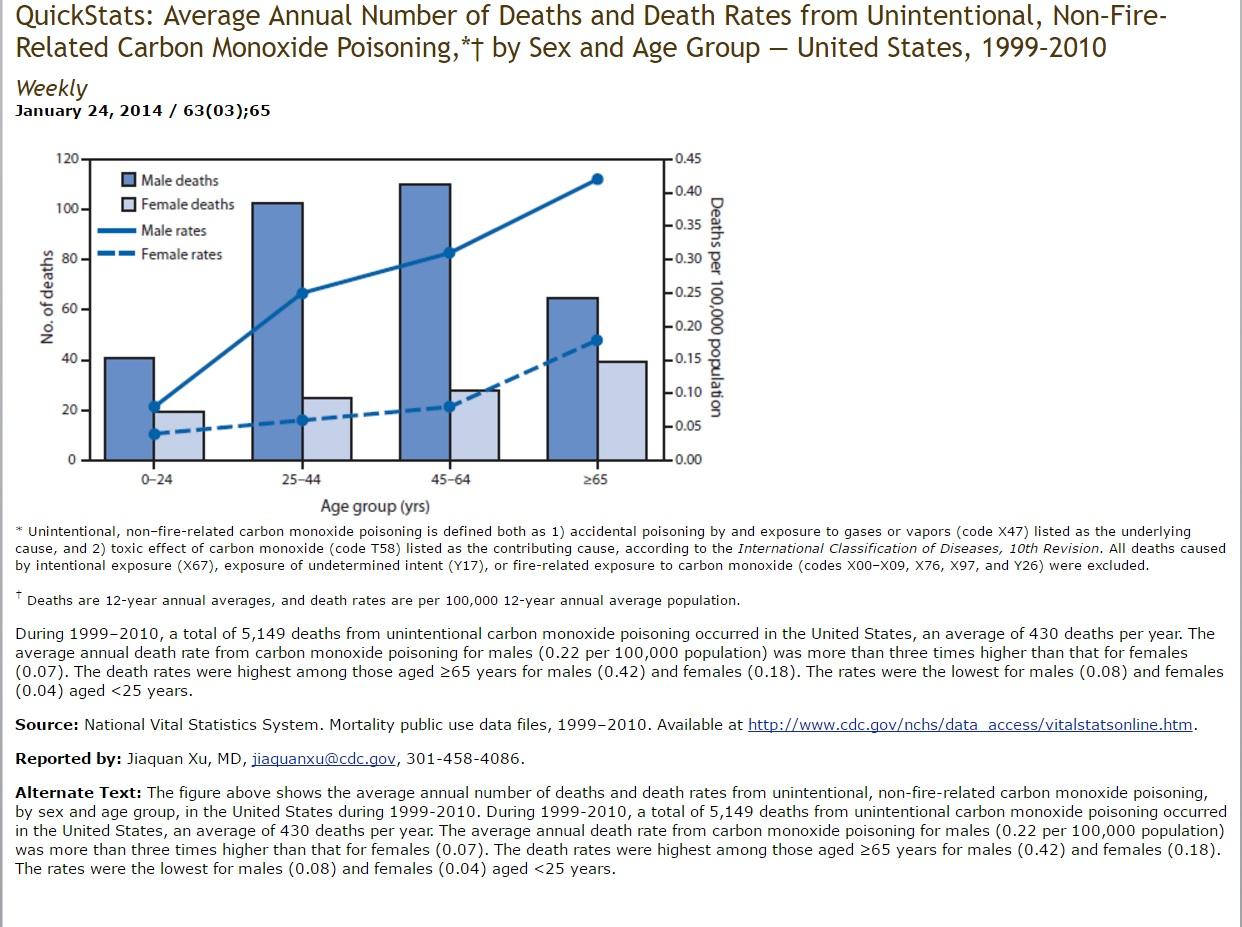Exposing the “Silent Killer” – Part 2: Three Myths About Carbon Monoxide Detectors
Home >
 Last week we talked about some pretty sobering statistics regarding Carbon Monoxide poisoning, which according to a 2012 report by the National Fire Protection Association, more than 81,100 non-fire CO incidents were reported to U.S. Fire Departments in 2011, and more than 90% occurred in homes or apartments.”
Last week we talked about some pretty sobering statistics regarding Carbon Monoxide poisoning, which according to a 2012 report by the National Fire Protection Association, more than 81,100 non-fire CO incidents were reported to U.S. Fire Departments in 2011, and more than 90% occurred in homes or apartments.”
Many homeowners are unaware that the retail versions of Carbon Monoxide detectors are not as sensitive as professional Low Level CO models sold by professional HVAC companies. What’s worse is that they may have a false (and dangerous) sense of security from these devices.
Myth #1 – My Store-bought CO detector is fine.
Maybe. Then again, maybe not. Unlike smoke detectors, CO detectors have a short lifespan, often only 2-3 years, so that means that if your alarm is over 2 years old, then it may not be protecting you at all. Consider newer, more reliable and more sensitive models sold by professional HVAC companies.
Myth #2 – The TEST button works, so my alarm is functioning properly.
Wrong! Almost all models have a test feature for the alarm, but not the carbon monoxide sensor itself!
The only way to test these devices properly is to expose them to a concentration of actual carbon monoxide test gas.
Myth #3 – Brand New = Safe
Current models of carbon monoxide detectors sold at most stores won’t warn you of chronic, low levels of CO that can put your health at risk. As towns and cities adopted requirements for carbon monoxide detectors in homes and buildings, fire departments and utilities started getting numerous calls when these alarms were triggered. In most cases carbon monoxide was present, although not at life-threatening levels, so utilities and fire departments classified these as “false alarms”. Utilities and fire departments then pressured the industry to decrease the sensitivity of these devices in order to reduce the number of “false alarms.”
But they’re often not false alarms at all because homeowners are still risking long-term, low level exposure. This is a potentially dangerous situation because CO exposure can cause headache, fatigue, shortness of breath, nausea, dizziness, mental confusion, vomiting, loss of muscular coordination, loss of consciousness, and death.
The graph below shows just how real the threat of carbon monoxide poisoning can be.

Carbon Monoxide poisoning is a very real but ultimately preventable threat, and homeowners would do well to take it seriously.
Please tune in next week for the conclusion to our carbon monoxide awareness series: How to Protect Yourself and Your Home from Carbon Monoxide Poisoning, and click here to learn more about carbon monoxide detectors.

Adrian W.
Marketing Manager
CONTACT US TODAY



As Seen & Heard On







Reach Out to Our Team for More Details
Feel free to call Sanford Temperature Control or fill out the online form for more information. You may also get in touch with our team to schedule an appointment. We look forward to hearing from you.

